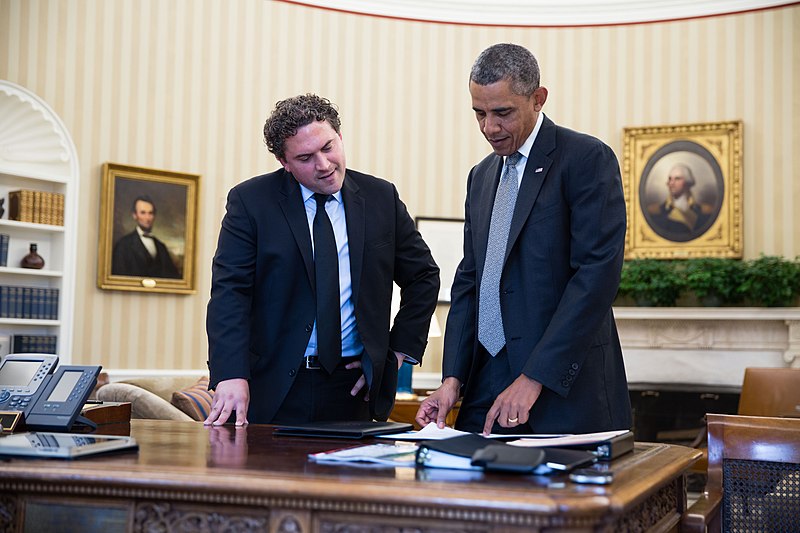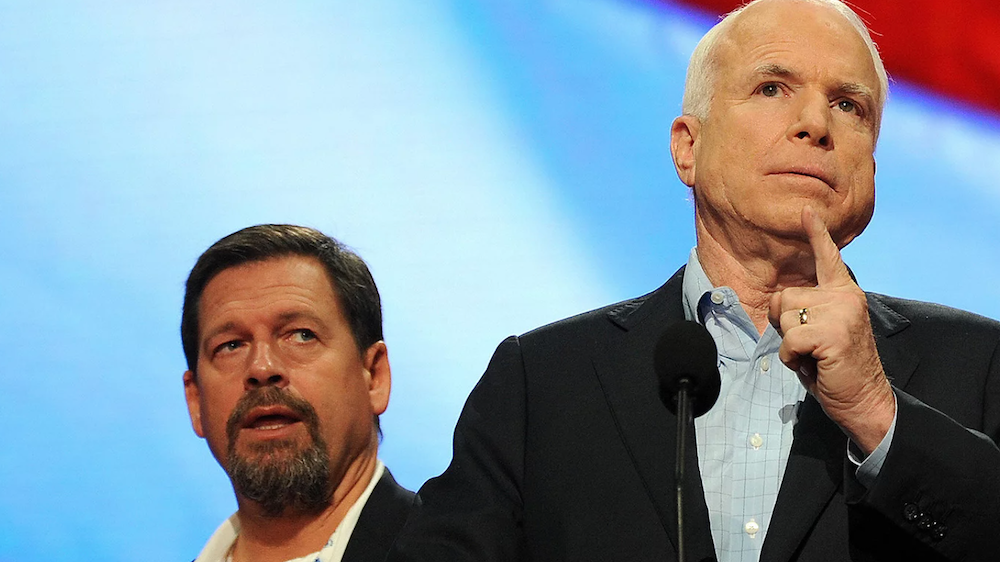Dead, or just resting? A contemplation of how speeches contribute to leaders’ legacies
July 15, 2020
Review of: Talking Up a Legacy: Australian Prime Ministers and the Speeches We Remember Them By by Tom Clark, Associate Professor, Victoria University (Melbourne, Australia)
“Stop trying to make every speech a Gettysburg Address”—so went the well-taken scolding once handed down by a senior staffer to the late John J. Casserly during his time as a speechwriter to US President Gerald Ford.
Still, speechwriters and the leaders they write for hope some of their remarks rise to a rhetorical place that carries them beyond the day of their delivery.
The legacies that elected officials and their speechwriters hope to create through memorable remarks form the focus of Tom Clark’s new book Talking Up a Legacy. Clark, an associate professor at Australia’s Victoria University, has structured the book as “a series of meditations on Australia’s living prime ministers and their most widely recalled speeches.”
However long or short an elected official’s term in office, as Clark writes, the same question arises: once they “no longer [hold] the media’s attention and we are not daily prompted to think about [their] words, how will [their speeches] fare as legacy?” His goal in Talking Up a Legacy is to examine how leaders’ official remarks are imprinted into public memory, and how this in turn shapes the lasting impression left by an individual leader.
Clark brings to this study his academic background in rhetorical and poetic analysis, his deep knowledge of recent Australian political history—and the insights he has as a former speechwriter, with experience writing for public figures such as Nathan Rees. Clark has produced a very thoughtful, but also accessible and provocative book—enriched by his sharp eye for detail and dry sense of humor. (You definitely do not need an extensive background in the last three decades of Australian politics to benefit from Talking Up a Legacy.)
Regarding his own background in speechwriting as it pertains to the link between speeches and legacy-making, Clark notes:
As a political speechwriter, half the speeches I was asked to write needed to revolve around a government’s checklist of shining achievements, but I can barely remember what any of those scripts said…They sit in files that, quite possibly, nobody has read since they were spoken or will ever read again. All those legacy-narratives, those candidates for public memory, sit patiently on the shelf like unbought animals at a pet shop.
Clark’s argument is that speeches do not serve as raw material for the building of lasting political legacies in the way they once did. He freely admits that the book “does not really explain the causes” of this, or offer “a unified and convincing account” of it came to pass. Clark locates this development in various incremental shifts that have simultaneously altered the position of Australian prime minister as a public office, reworked parts of that country’s political culture, and also caused the practice of “public speaking” as it was once understood it to change. And you don’t need to be Australian to recognize what Clark describes, as this trend appears to be happening in some degree across the developed world.
Whatever the sources behind the changes, Clark writes, the end result is that the act of delivering a speech, “once understood as the medium for setting down a legacy” is today “very clearly a ‘legacy medium’. Speeches are now an affective ‘nice to have’, rather than any effective necessity of the office of prime minister.”
So instead of using speeches as “their main vehicle for appealing to public memory,” PMs can use one of the various “workarounds” available to them, such as talk radio show appearances with friendly hosts, or repeating talking points at live/recorded press conferences, to dispense with major speeches on difficult topics. Clark further illustrates this workaround idea by referencing President Trump’s Twitter output:
Trump’s rhetorical talent is for distillation, for reducing an entire program of government to a small number of small slogans. Trump has taken this even further from the domain of speeches by channelling his most tactically engaged remarks – what communications strategists often call the ‘cut-through’ comments – through Twitter… Their vocabulary and syntax are more like speaking than writing. Their speaking persona maintains a dramatic presence across the thousands of tweets that form his serial monologue.
As Clark shows several times, these workarounds may all seem lower risk than the tight-rope walk of a high-stakes speech in front of a live audience, but their long-term contribution to serious legacy-building is highly debatable. Over-reliance on these tactics even seems to shrink one’s chances of establishing a lasting legacy, as some examples raised by Clark demonstrate.
Is the retreat from speeches-as-legacies permanent? Clark optimistically believes it will pass. He looks forward to the day when “the Malala Yousafzais and Greta Thunbergs of this world” rise to elected office, observing that they “subscribe to the electrifying speech as a vehicle for public leadership and for the laying down of legacies.”
In the spirit of Clark’s tongue-in-cheek style, we might say that legacy speeches are not dead—rather, like Monty Python’s parrot, they are just resting.




